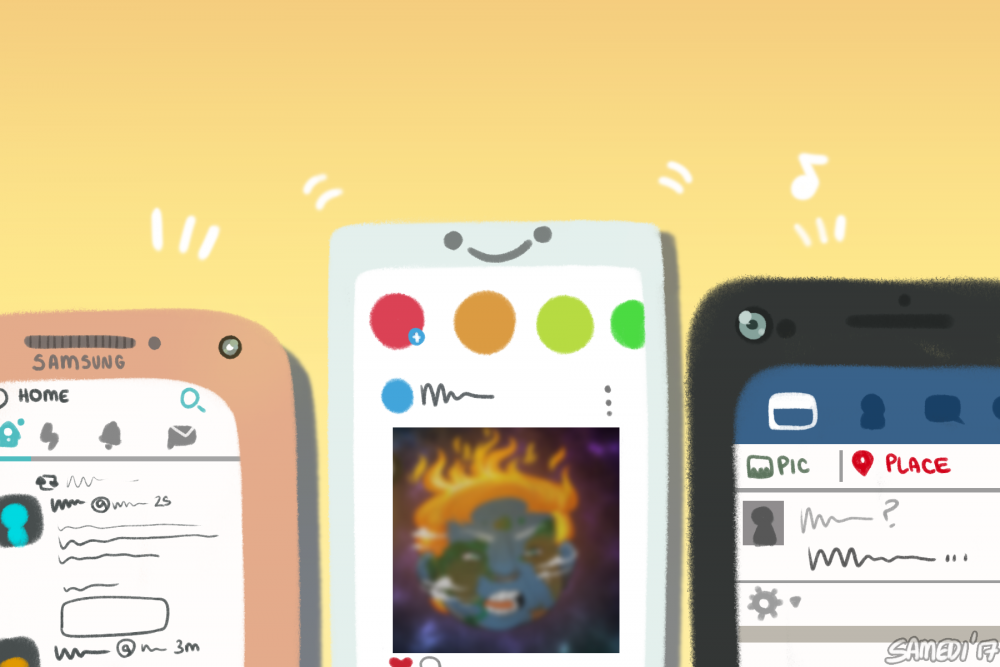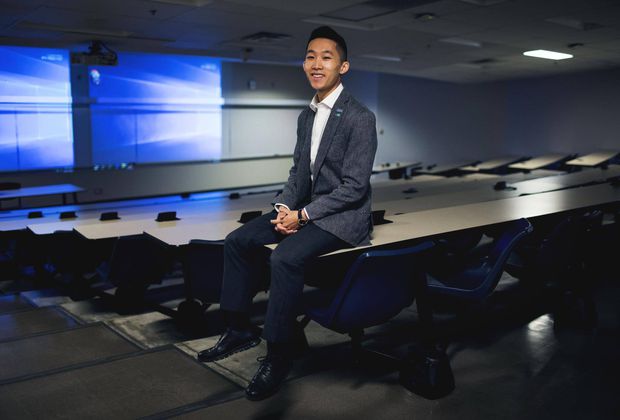How can we better tap into our intuitive selves and factor our internal and intangible knowing into career decision making? Beth Godbee offers five strategies.
Perhaps the best career advice I ever received came from my Reiki teacher, Marty Tribble, who cautioned, “The absence of a strong yes is actually a no.”
This advice ran counter to decision-making practices I’d developed over the years, especially during my own academic job search. I’d talk with colleagues and confidants, consider my goals and priorities, create spreadsheets comparing choices and weigh the relevant information. I’d work to make a well-informed decision, taking in others’ advice and ultimately pursuing the pathway that I “should” follow. Though these were useful practices, what I found is that I’d get into trouble whenever acting from the place of “should.” I was inadvertently shutting out my own intuitive compass and relying on external guidance systems.
Now, as a professor in writing studies, I’m actively learning and sharing with others strategies to disrupt the mind/body split in higher education and to practice more embodied graduate advising. Often when I’m asked to give advice about job searches and career decisions, I’ll ask this question: “What does your body tell you? Is this a strong yes?” And often this question opens discussion about what’s previously been off the table because rationale decision making tells us that only some options are even options and that senior colleagues surely know better. Digging into this question, I’ve found, tends to invite telling truths, revisiting histories and dreaming about what’s possible.
Because I’ve come to value the strong yes for career discernment, I share in this essay five strategies for finding your own. How can we better tap into our intuitive selves, listen for what our bodies and emotions have to tell us, and factor into decision making our internal and intangible knowing?
Five Strategies
1. Follow the deeper breath. The most frequent strategy I use is perhaps the simplest but also the one that requires the most attunement with the body. I place my hands over my stomach and begin by taking a series of slow, steady breaths, noticing how my stomach expands or contracts. Then I imagine making one choice and breathe again, noticing how deep or expansive the breath is. I repeat the process, imagining an alternate choice, noticing again how deep or expansive the breath is. I repeat the process a few times to confirm what I’m feeling, noticing with which choice the breath is deepest. The deeper and more expansive the breath, the more ease I feel within my body. That choice indicates the direction of expansion and ease. It signals the strong yes.
2. Check in with the heart, head and hands. Just as this breathing exercise is about slowing down and attending to the body’s knowledge, so is checking in with the heart, head and hands. Another way of finding the strong yes is to spend time meditating or free writing in response to three questions:
- What’s in my heart, or what am I feeling?
- What’s in my head, or what am I thinking?
- What’s in my hands, or what’s mine to be doing?
Often by responding to these questions, I notice tensions or pain in my body. I name emotions that are underlying career decisions or those daily activities connected to academic careers (from processing reviewer feedback to navigating conflict during campus service). I get clarity on what actions are mine to take and what lies beyond my reach. By integrating thoughts with emotions and embodiment, we can get closer to a holistic approach to career discernment that honors our full personhood. By bringing the heart, head and hands into alignment, we get closer to the strong yes.
3. Keep an emotion journal. A strategy that builds on my first two recommendations and allows for making observations over time (like over the course of a job search) is an emotion journal. You can go about journaling in many ways, such as recording everyday moments, noteworthy news or meaningful encounters.
What I’d suggest for finding the strong yes is tracking how different emotions arise around career-related decisions. That can be as simple as creating a document with three columns: 1) the date, 2) the day’s events/news and 3) the emotions experienced. Typically, we have a limited vocabulary for describing emotions, so it helps to look at an emotion vocabulary wheel or list of emotions. After a few weeks, I highlight with one color those emotions I associate as positive or life-giving and with another color those I associate as negative or life denying. Then I inquire, what patterns do I notice by looking at the two colors? Which career directions are giving life, and which are denying it? By asking how I can shift energies toward those that are life-giving, I tend to recognize new solutions or directions — those aligned with the strong yes — more clearly.
4. Look for signs in everyday life. Like an ethnographer, to find meaning, I identify recurring themes or patterns in everyday life. This strategy involves using the research training many of us receive in graduate education to look for the repetition of thoughts, feelings and physical sensations. Throughout the day, I listen for the repetition of words, phrases and ideas. Also, I attend to outliers, or those bits of information that seem not to fit the pattern.
While working to identify recurring themes, I remain curious about the messages these repetitions convey. I’ve found, for instance, if I hear the same person mentioned multiple times, the repetition keeps that person fresh in my mind and leads me to take action, such as emailing that person and then asking for advice. Essentially, participating in “everyday divination” helps us identify when and how to sift through external guidance (signs, signals and even advice) as part of finding our own strong yes.
5. Look inward through guided meditation. There are many ways to slow down and be more mindful with career discernment through meditation, yoga and other contemplative practices. The body conveys information, and we can be more intentional in asking for this information. In addition to strategies described above, guided meditations invite us to talk with the body, emotions and even past and future selves. Through meditation, we can envision our future self, asking for insights and advice: What have I learned five, 10 or more years into the future? What have I done over these years? What would I share with my present self?
Such a conversation asks that we imagine where we’d like to be in the years to come, and it allows us to imagine the career pathways that bridge the present and future. Embodied exercises like these can help us separate our own internal and intuitive desires from the many external forces at play — getting clearer on what a strong yes means for each of us, personally.
Through imagining such possibilities and valuing embodied knowledge, I hope these strategies for finding the strong yes may be helpful in making both small and big career decisions. I find these help with slowing down and listening for inner knowing. Though I still too often ignore the strong yes even when I tap into it, I hope that more and more I’ll courageously follow intuitive guidance. And I hope that together we find value in and act from the mantra “The absence of a strong yes is actually a no.”




